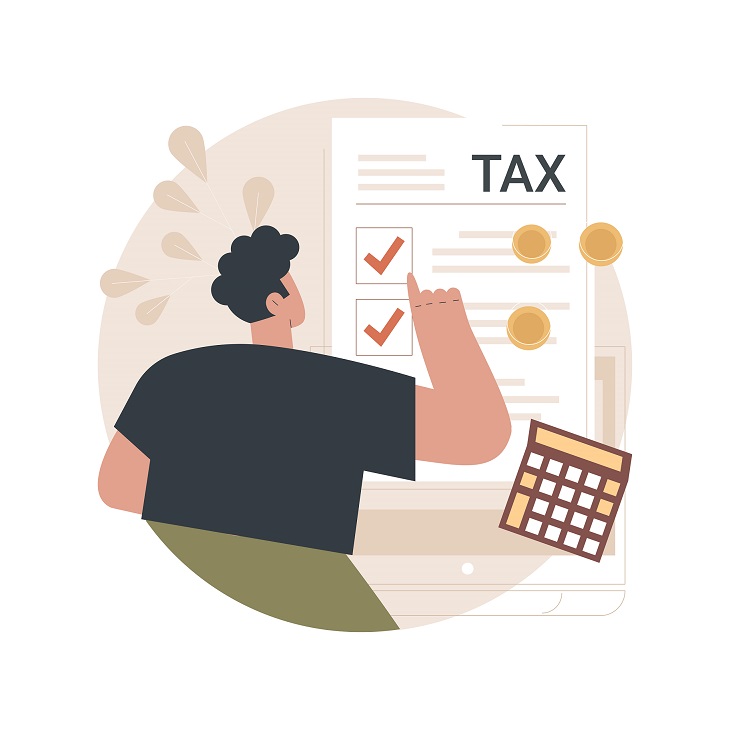Intermediate Gig Economy Multi-Platform Stubs: Complete Guide for Freelancers
Introduction to Intermediate Gig Economy Multi-Platform Stubs
Intermediate Gig Economy Multi-Platform Stubs are becoming essential for freelancers, contractors, and gig workers managing income from different platforms. As the gig economy expands through rideshare driving, food delivery, freelance platforms, and online tutoring, workers face challenges in consolidating multiple income sources into one clear record.
Unlike traditional employees who receive a single paycheck, gig workers often receive several payments weekly or monthly. Without proper records, tracking earnings, expenses, and tax deductions can be difficult. This is where Intermediate Gig Economy Multi-Platform Stubs help by consolidating diverse income into one professional document for financial planning and tax compliance.
Tools such as the Regular Pay Stub and Pay Stub Generator make it easy to create accurate stubs for multiple income streams. These solutions bring clarity, professionalism, and organization to the gig economy workforce.
Why Intermediate Gig Economy Multi-Platform Stubs Matter
Gig workers depend on different platforms for stable income. For example, one worker may drive for Uber, deliver with DoorDash, freelance on Upwork, and tutor online in the same month. Without consolidated stubs, workers risk disorganized finances and tax confusion.
- Transparency: Combines all income, tips, and bonuses in one stub.
- Financial Planning: Supports budgeting, saving, and tax preparation.
- Tax Compliance: Simplifies IRS reporting for self-employed workers.
- Professional Documentation: Used for loans, rentals, and credit applications.
- Audit Preparedness: Provides accurate documentation if reviewed by tax authorities.
According to the IRS Gig Economy Tax Center , proper record-keeping is essential for freelancers and contractors. Multi-platform stubs make this process efficient and reliable.
Types of Income Covered in Multi-Platform Stubs
Intermediate Gig Economy Multi-Platform Stubs should include all possible income streams such as:
- Delivery services like DoorDash, UberEats, and Instacart.
- Rideshare driving from Uber, Lyft, or other platforms.
- Freelance marketplace earnings (Upwork, Fiverr, Freelancer.com).
- Online tutoring and coaching services.
- Microtasks, surveys, and temporary contracts.
Consolidating these incomes into one stub ensures accuracy, especially when each platform pays on different schedules.
How to Create Intermediate Gig Economy Multi-Platform Stubs
- Collect Income Data: Download reports from each gig platform including tips and bonuses.
- Deduct Business Expenses: Track fuel, maintenance, internet, and other deductible costs.
- Use a Pay Stub Generator: Enter details into a professional generator for accuracy.
- Apply Regular Pay Stub Format: Ensure itemized income by platform for clarity.
- Track Taxes: Record self-employment taxes and withholdings.
- Update Regularly: Generate weekly or monthly stubs to stay compliant.
Benefits of Multi-Platform Stubs for Gig Workers
Using Intermediate Gig Economy Multi-Platform Stubs offers clear advantages:
- One professional document showing all income streams.
- Proof of income for banks, landlords, and lenders.
- Improved budgeting with a full income overview.
- Saves time compared to manual records.
- Aligns with IRS tax reporting requirements.
For payroll essentials, see our related guide on Year-End Pay Stub Reviews to avoid tax errors during filing.
Challenges in Managing Multi-Platform Income
Despite benefits, gig workers face common challenges when creating Intermediate Gig Economy Multi-Platform Stubs:
- Different payout schedules from multiple platforms.
- Complex tax rules for self-employment.
- Forgetting deductible expenses like mileage or internet.
- Lack of professional stubs for proof of income.
With reliable tools like a Pay Stub Generator, these issues can be avoided and workers can maintain clear, professional records.
Best Practices for Multi-Platform Stub Management
- Update records regularly for accuracy.
- Clearly separate income sources on stubs.
- Automate with trusted payroll software.
- Track expenses to lower taxable income.
- Store digital copies for secure access and audits.
Advanced Tips for Intermediate Gig Workers
- Analyze stubs monthly to identify the best-paying platforms.
- Use stubs to negotiate higher freelance rates.
- Set aside tax savings after generating stubs.
- Submit consolidated stubs for loans and mortgages.
- Leverage stub data for long-term financial planning.
For platform-specific guidance, check Upwork Resources or Fiverr’s Freelancer Hub to maximize earnings.
Conclusion
Managing Intermediate Gig Economy Multi-Platform Stubs is critical for freelancers, contractors, and gig workers handling diverse incomes. Consolidating all earnings, deductions, and taxes into a single stub ensures clarity, professionalism, and compliance. With tools like Pay Stub Generator and Regular Pay Stub, gig workers can easily create accurate, professional, and audit-ready records.
In today’s growing gig economy, adopting multi-platform stubs is not only smart—it’s essential for financial success and long-term stability.

